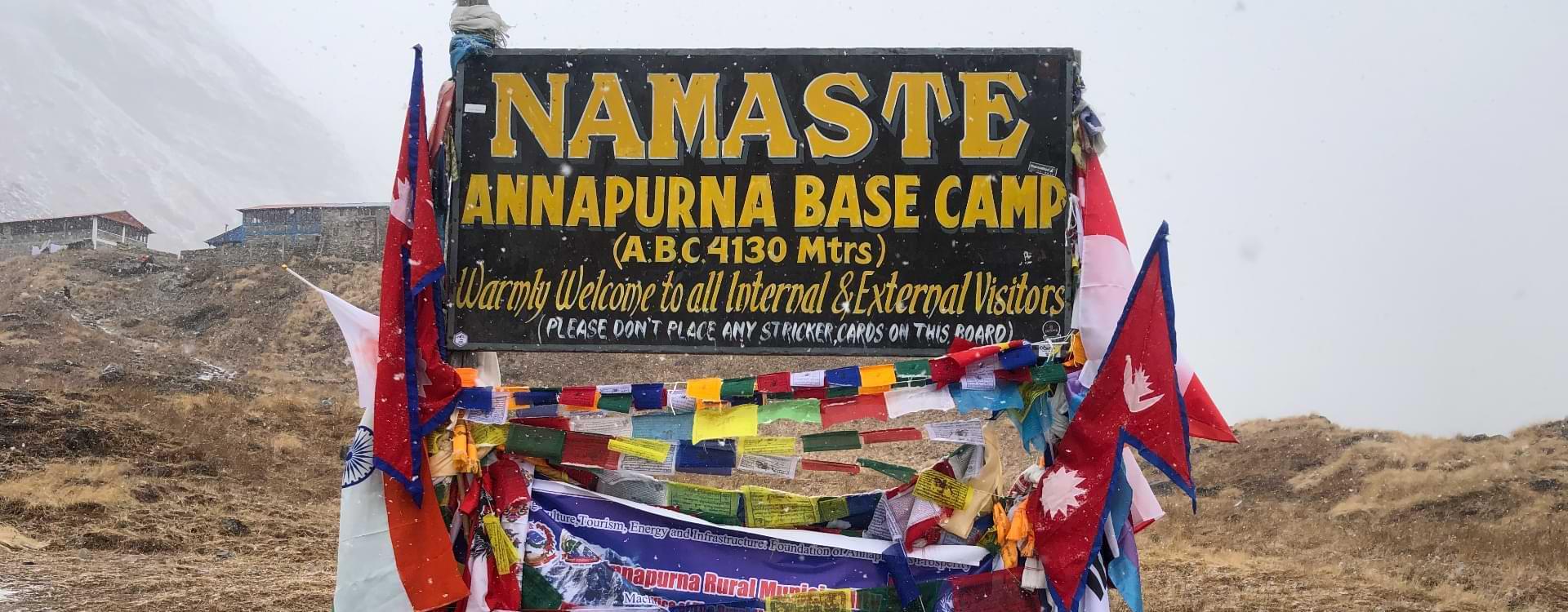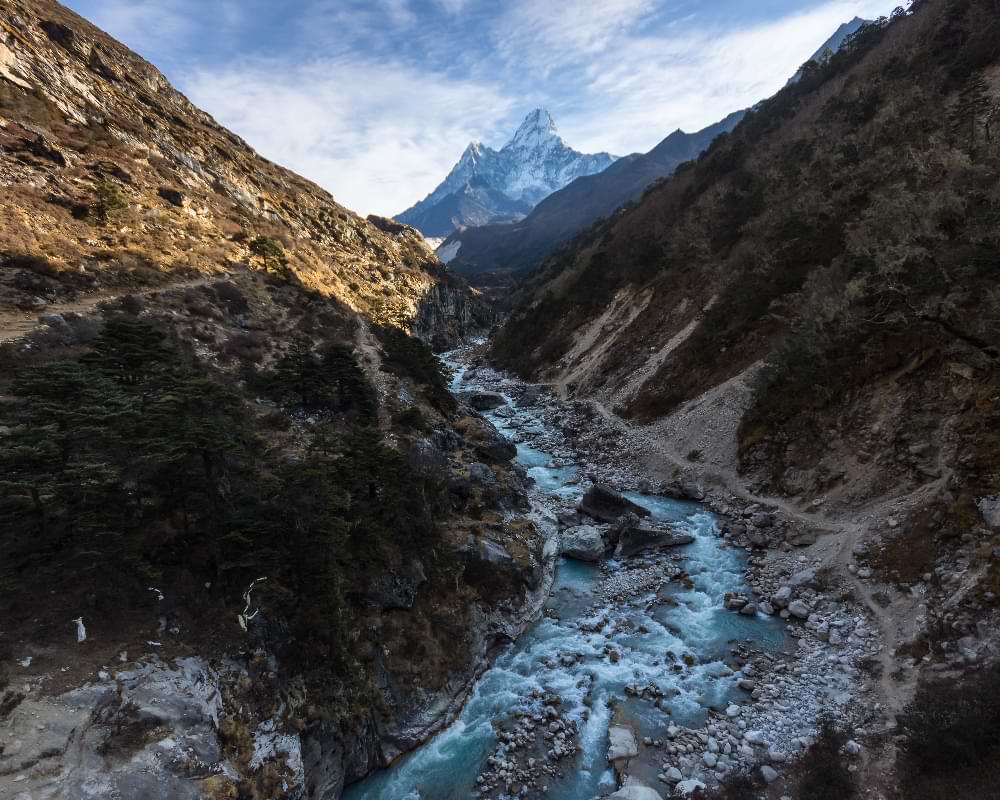
Nepal is a country that provides the best trekking trails full of adventure and mountainous landscapes. Nepal is famous as a trekkers’ paradise where one takes rugged trails cutting through green valleys and mountains up to its highest peak, the mighty Everest. This Himalayan country is not only a location but a journey into nature and culture itself. In this blog, we are going to explore everything that you need to know about trekking in Nepal so that you can book an unbelievable trekking holiday in the country.
Embarking on a Nepal Trekking Tour offers an experience that is as diverse as it is breathtaking. Nepal's trekking trails are a mosaic of landscapes, ranging from the legendary Everest Base Camp to the panoramic vistas of the Annapurna Circuit. Each route presents trekkers with its own unique set of challenges and rewards, catering to both seasoned climbers and novices alike.
Beyond the physical landscapes, trekking in Nepal is a cultural odyssey. These trails pass through remote villages and ancient monasteries, making the trek an exciting experience that offers a close look at the culture of the area. On these tracks, one feels the warm hospitality of the Nepal population, together with their unique ceremonies, which add a new dimension to the trek. Whether it's sharing a meal with local villagers or participating in traditional rituals, these cultural encounters enrich the journey, making a Nepal Trekking Tour much more than just a hike.

Proper preparation is key to a successful and enjoyable trek in Nepal. Begin with physical fitness; start training several months in advance to build stamina and strength. Focus on cardiovascular exercises, hiking, and strength training. Acclimatization is also crucial to prevent altitude sickness, so choose a trekking route that allows gradual ascent and includes rest days.
Packing essentials vary based on the trekking route and season. For high-altitude treks like Everest Base Camp, pack warm layers, a good quality sleeping bag, and insulated boots. For lower altitude treks like the Poon Hill trek, lighter clothing may suffice. In all cases, include a first-aid kit, hydration solutions, sun protection, and a durable backpack. Don’t forget essentials like maps, compasses, and, if needed, portable oxygen for higher altitudes. Being well-prepared ensures you can focus on the beauty and challenge of the trails, making your Nepal trek a memorable adventure.
Selecting the right trekking route in Nepal is crucial for an enjoyable experience. Popular routes vary in difficulty, catering to different skill levels and interests. The Everest Base Camp trek is a challenging yet iconic route, offering unparalleled views of the world's highest peak. For those seeking a less strenuous journey, the Annapurna Circuit provides diverse landscapes and cultural experiences. The Langtang Valley trek is another excellent option for those looking for a shorter hike with stunning scenery.
Seasonal considerations are equally important. Trekking in Nepal is better done during the spring (March-May) and autumn (Sept – Nov) when weather conditions are good and the sky is clear. The monsoon season from June into August is not ideal due to rainfall and the possibility of landslides; however, winter treks (December to February) are clear but cold, especially at higher altitudes.
Ensuring safety and health is paramount on a Nepal Trekking Tour. To prevent altitude sickness, acclimatize properly, stay hydrated, and ascend gradually. Be aware of symptoms like headache and dizziness, and don't hesitate to descend if they occur. Carry a basic first-aid kit and understand basic wilderness medicine.
Before embarking on your trek, obtain all necessary permits required for specific trails. Additionally, invest in comprehensive travel insurance that covers high-altitude trekking. This insurance is crucial for emergency evacuations and medical expenses, providing peace of mind and security throughout your adventure in the Himalayas.
Prioritizing health and safety is essential during a trekking adventure. The key to this is understanding and preventing altitude sickness. Gradual ascent, proper hydration, and acclimatization days are critical. Recognize symptoms like headaches or nausea and respond appropriately. For overall health, pack a comprehensive first-aid kit and consider water purification methods to avoid illnesses.
Equally important is handling logistics: secure all necessary trekking permits and ensure you have adequate travel insurance. This insurance should cover emergencies, including high-altitude rescue and medical expenses. Being prepared with the right permits and insurance safeguards your journey, allowing you to focus on the adventure ahead.
When planning a trekking holiday with World Alpine Treks, we carefully consider the appropriate trail, physical fitness, essential gear, and safety precautions. Each step is key to a memorable journey. We encourage you to embrace this adventure with World Alpine Treks and experience the breathtaking beauty and unique challenges of trekking in Nepal.